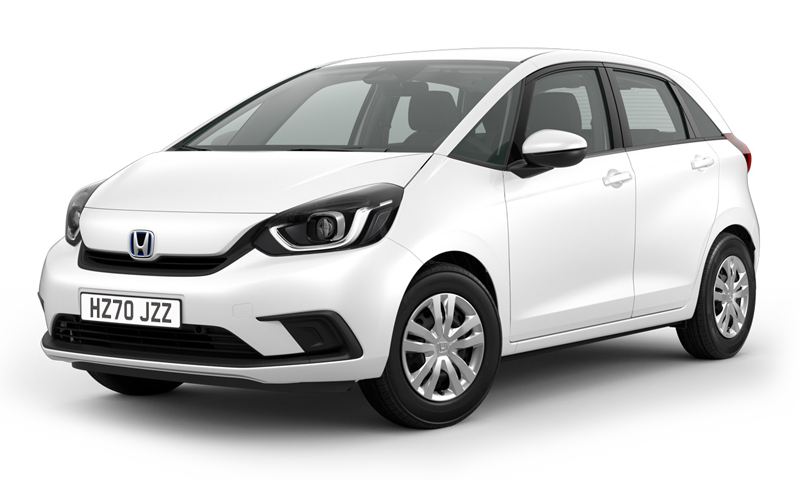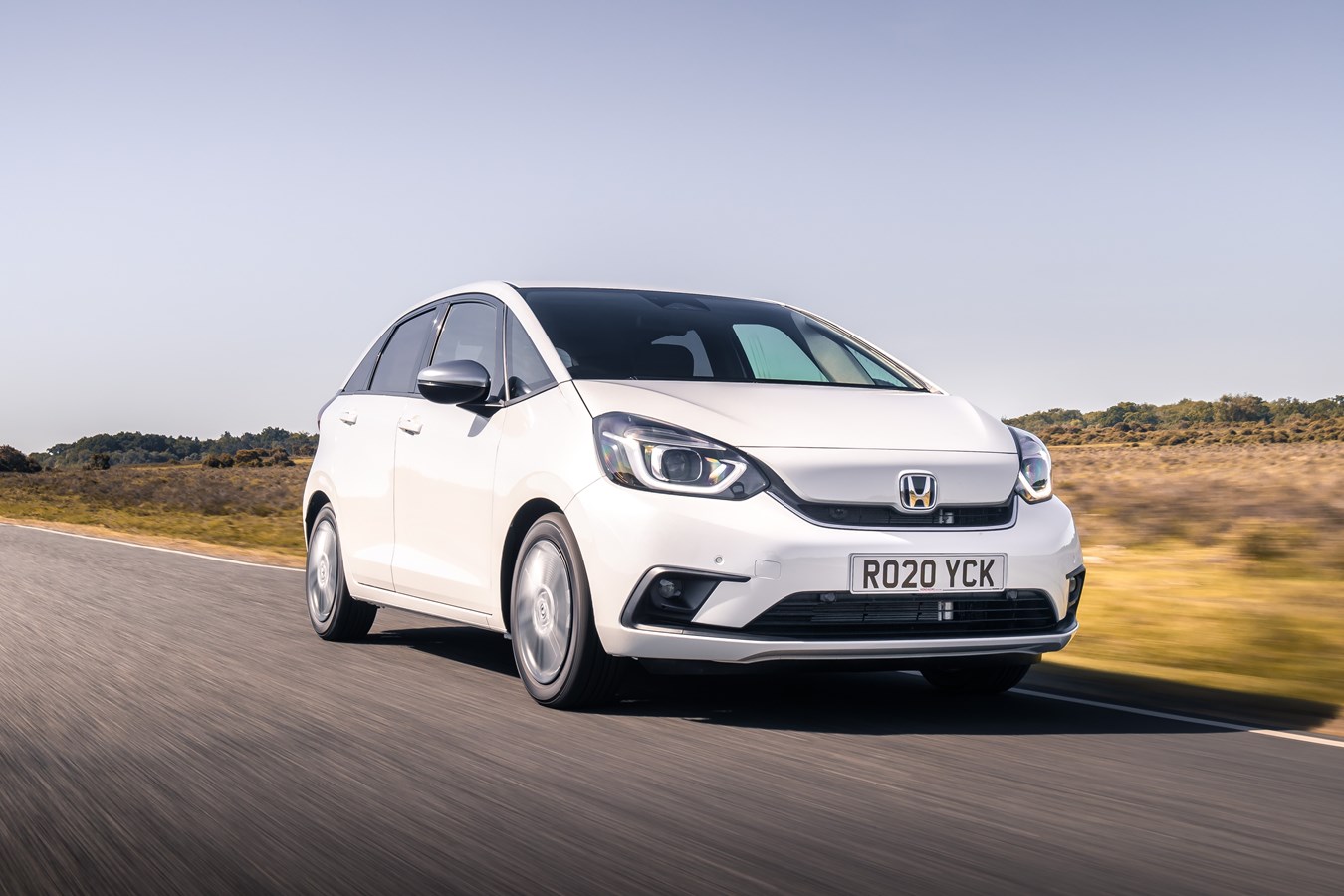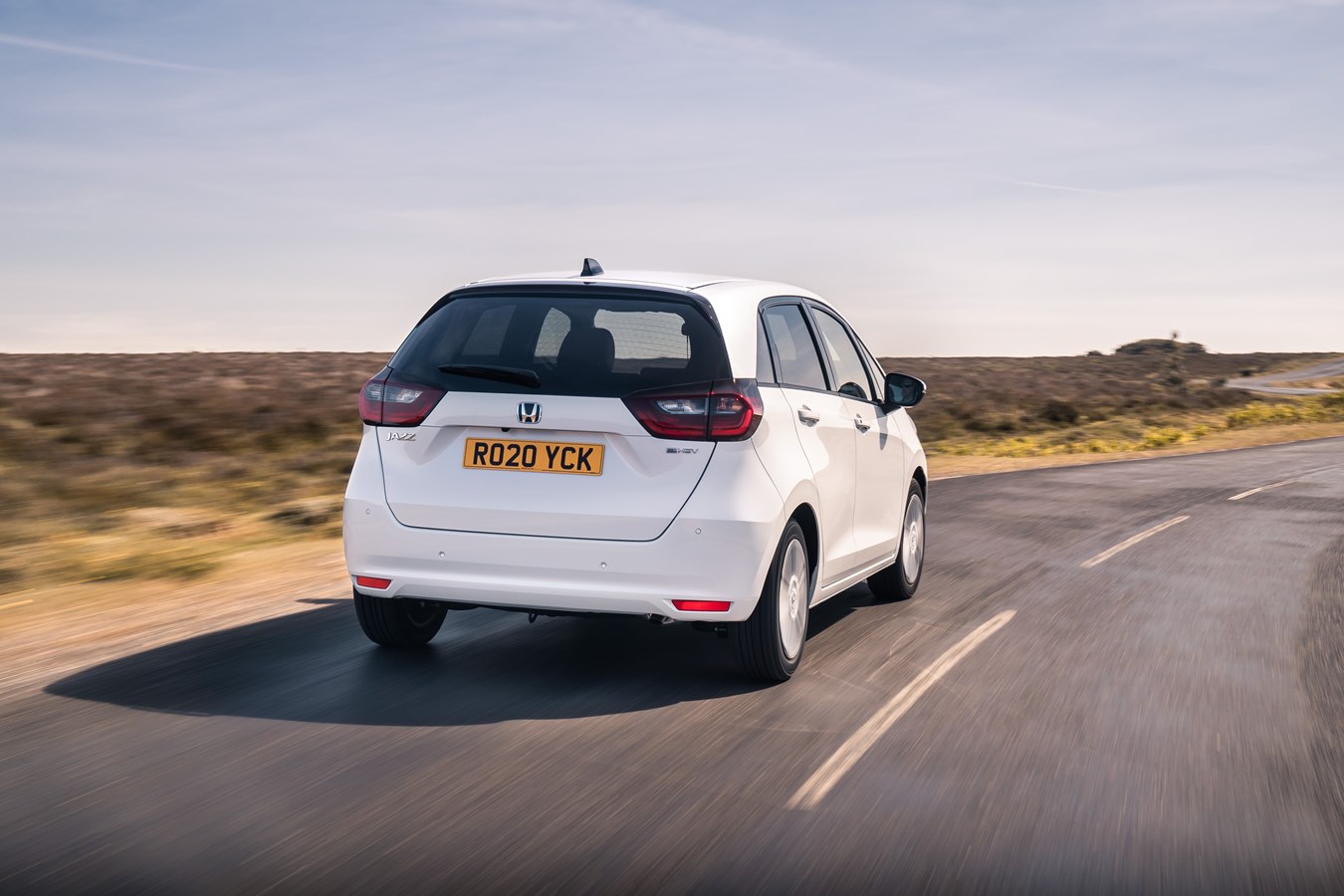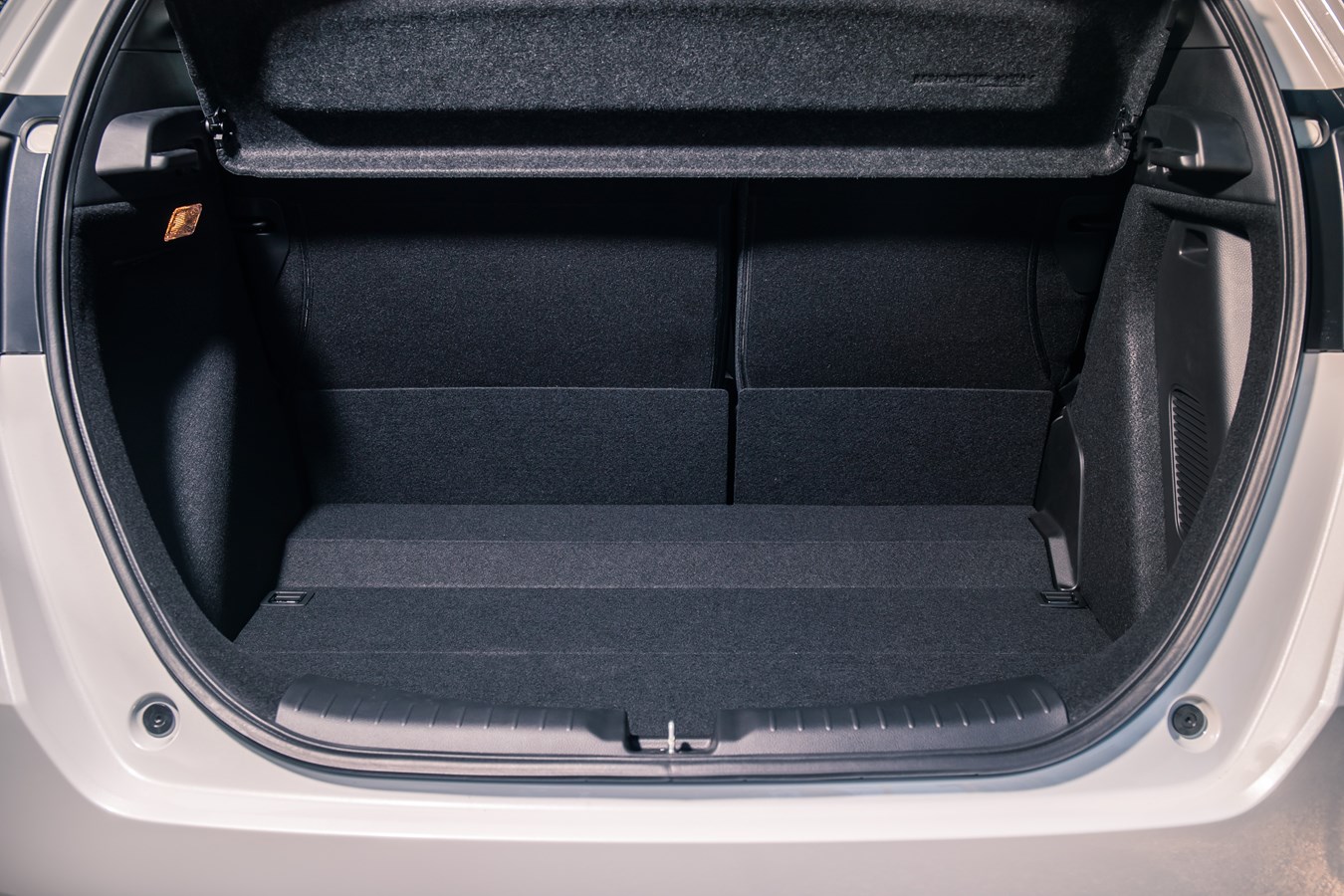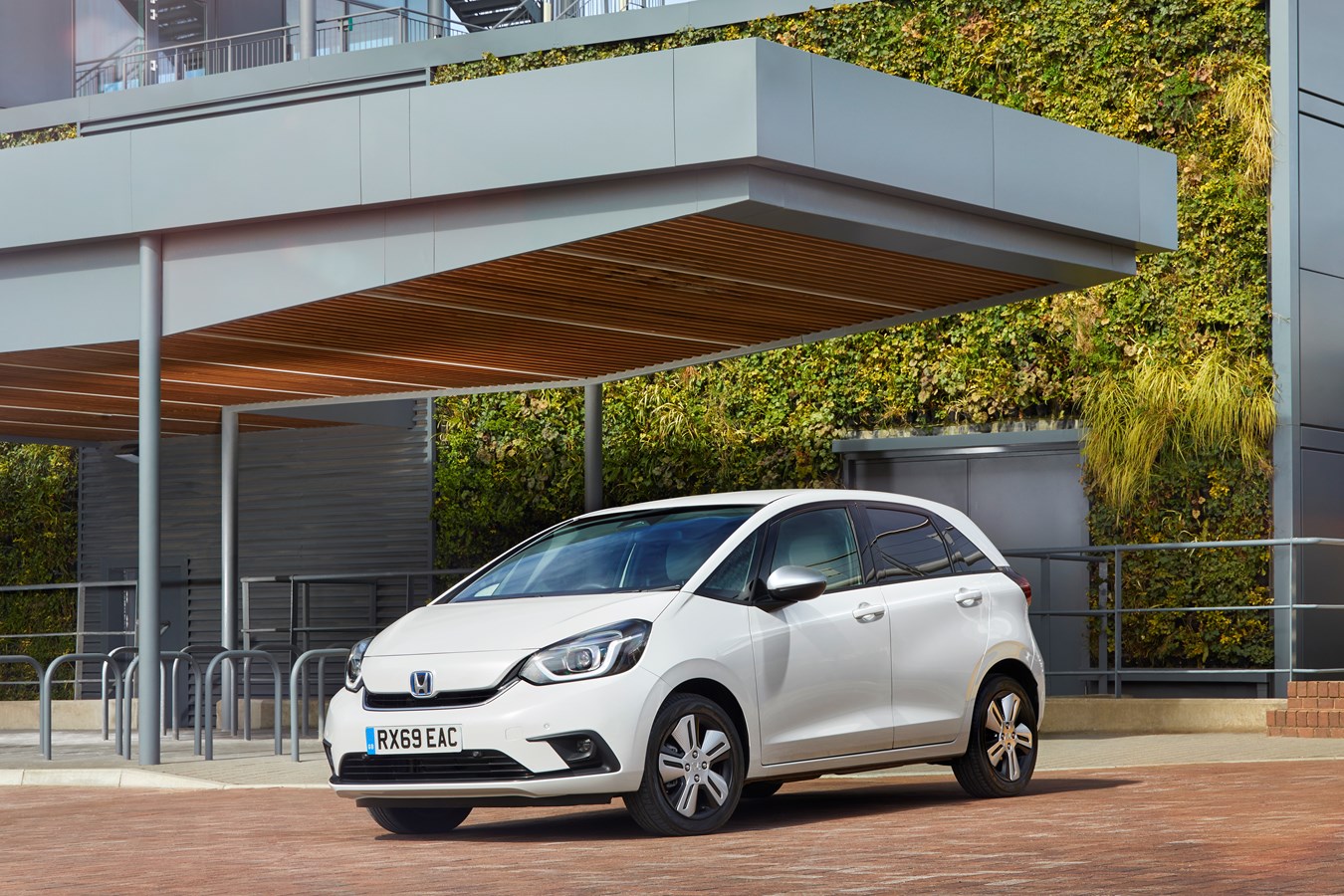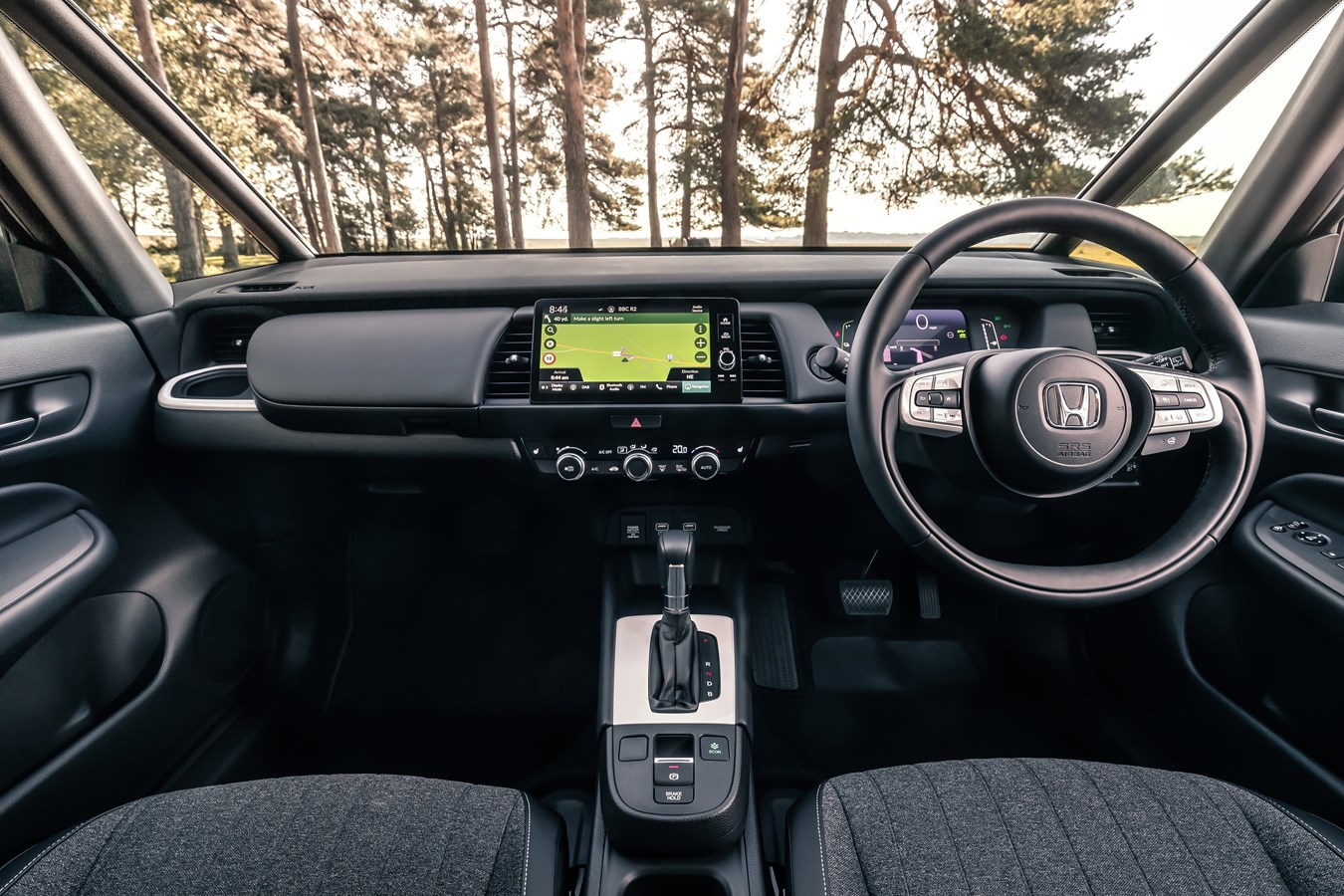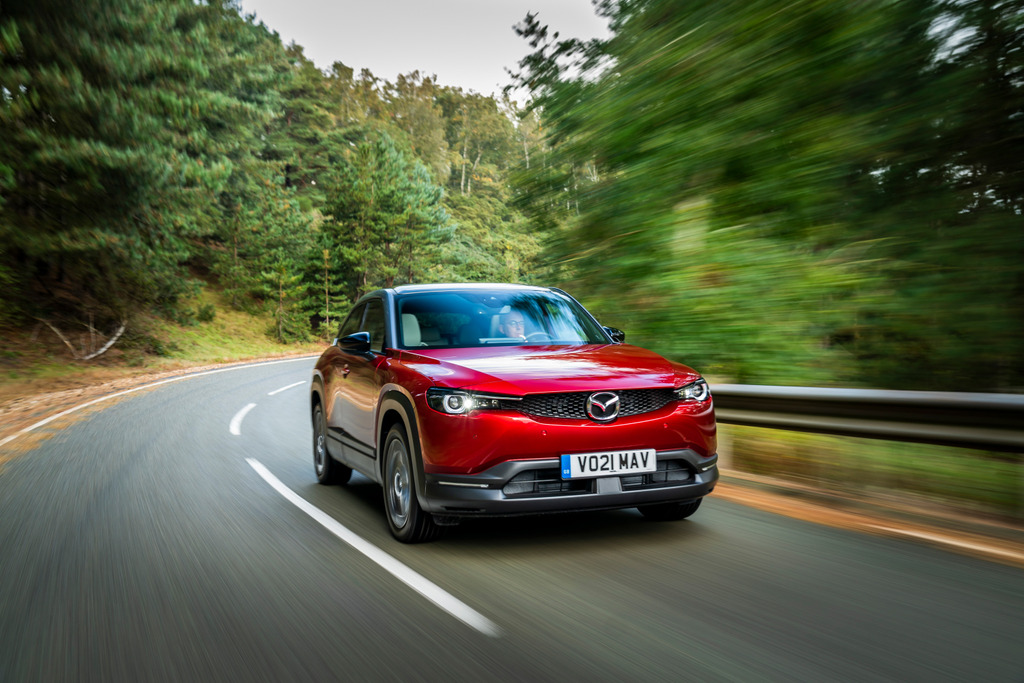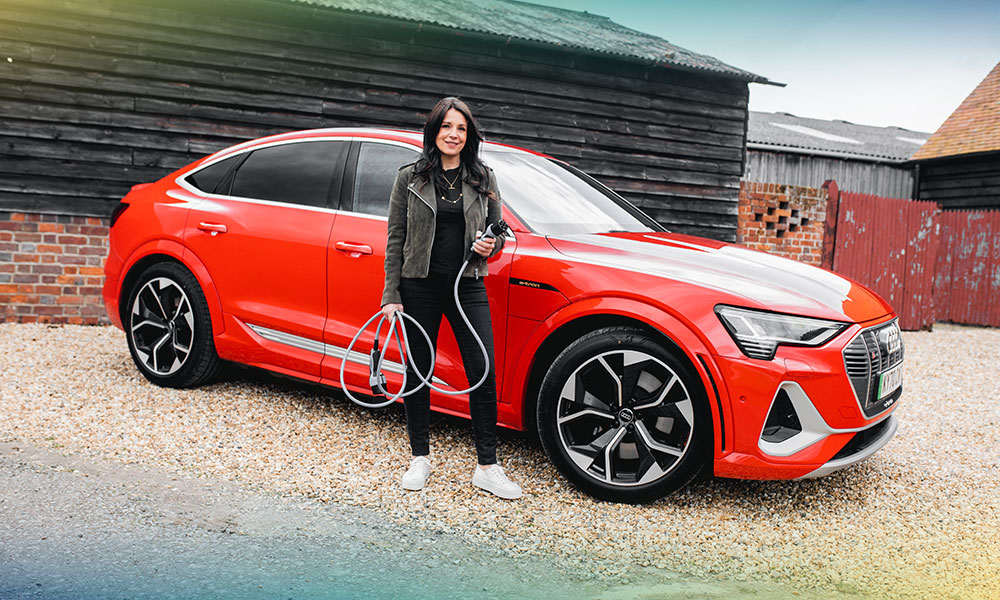This unusual set up is set to become more common, with cars including the best-selling Nissan Qashqai set to adopt similar systems in the next year or so. The new Ford Transit PHEV also uses a similar system, although that includes a plug-in battery too.
First, let us describe how it works in the Honda. There are two electric motors to power the front wheels, which can be fed with power from a tiny 0.86kWh battery over short distances. For comparison, a pure electric Renault Zoe has up to 53kWh.
Once this battery is exhausted, which is pretty quickly, the petrol engine starts up and begins to generate power. This is fed to the motors, which then propel the car. In most situations this is all the engine does and there is no mechanical connection at all to the wheels at all. But once you get up to motorway speeds, a clutch does connect the petrol engine to the wheels with a single speed gearbox.
This sounds complicated but is actually pretty simple, and is similar to the system used in the Mitsubishi Outlander PHEV – just with a smaller battery. Honda also say it brings big efficiencies – the Jazz’s official 62.8 mpg fuel economy and 102g/km of CO2 is down around 20g/km on the old automatic-equipped Jazz and compares well to other petrol-only superminis, but is notably behind the 98g/km of the new hybrid Toyota Yaris.
The technology also makes the Jazz drive like an electric car, which is a bit weird when other makers are striving to make their EVs behave like they’ve got traditional engines. But as anyone who has ever driven an electric car will tell you, this is a good thing, as it means you get virtually silent and effortless performance from a stop and around town.
Carry on driving gently and the Honda does a good job of being relaxing too. You only hear the engine when you really try to wring out some more acceleration out of it, such as when joining a motorway or overtaking.
In fact, going fast is something the Jazz generally tries to discourage with its dynamics. It’s more a car for cruising than for hustling, which is probably perfect for the Jazz’s traditionally more mature audience.
What the Jazz’s owners also love is the interior space and flexibility, and that has wisely been carried over on the new car. It’s enormously practical for a small car and has space for adults and lanky teens to get comfortable in the back.
So the Jazz behaves like an electric car, is efficient and – compared to pure EVs and PHEVs – is reasonably cheap with prices below £20,000. It could make sense if a plug-in car wouldn’t work for you, just don’t expect any of the total ownership cost benefits you’d gain from a ‘real’ electric car which uses a battery rather than an engine.










